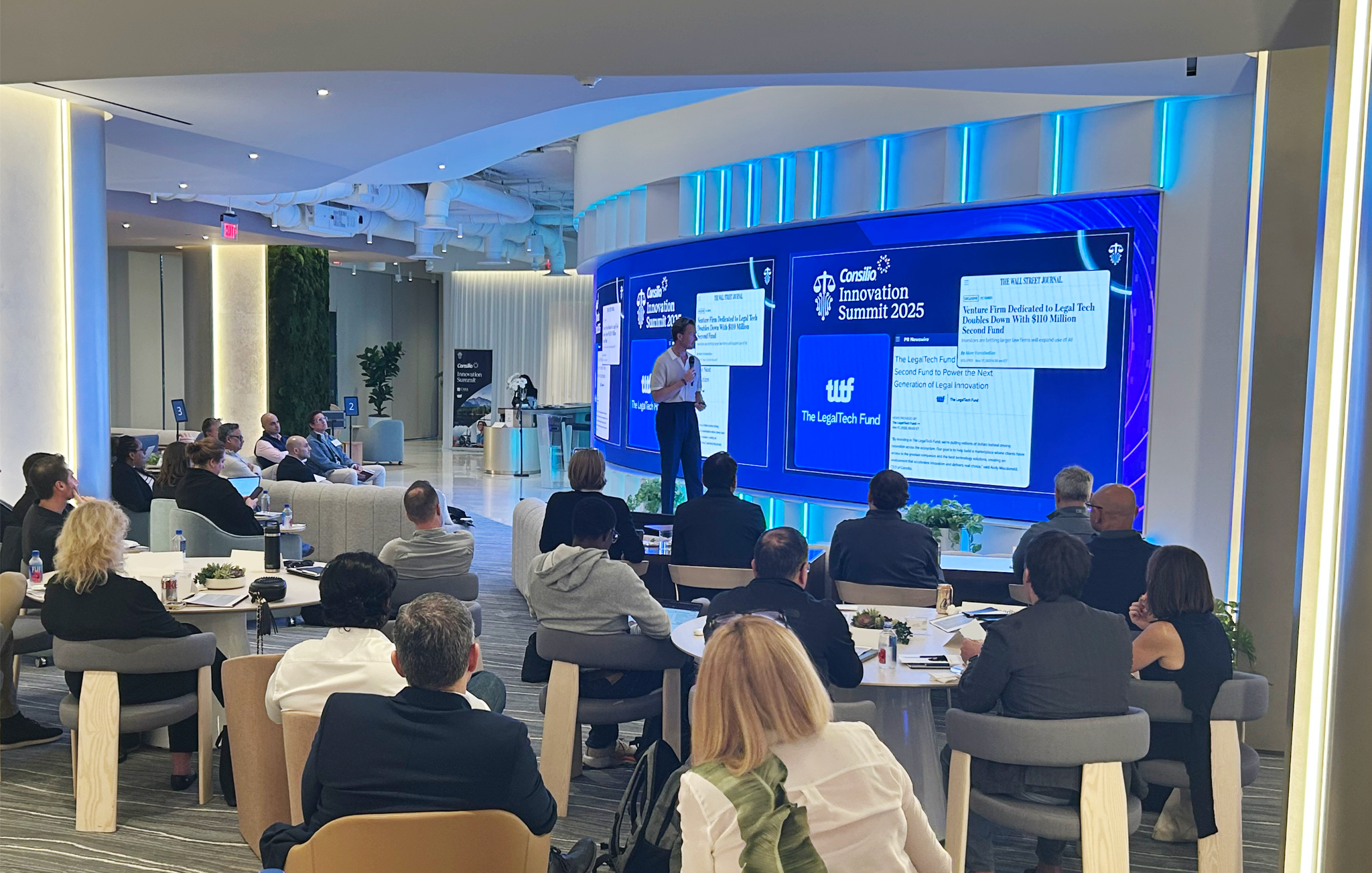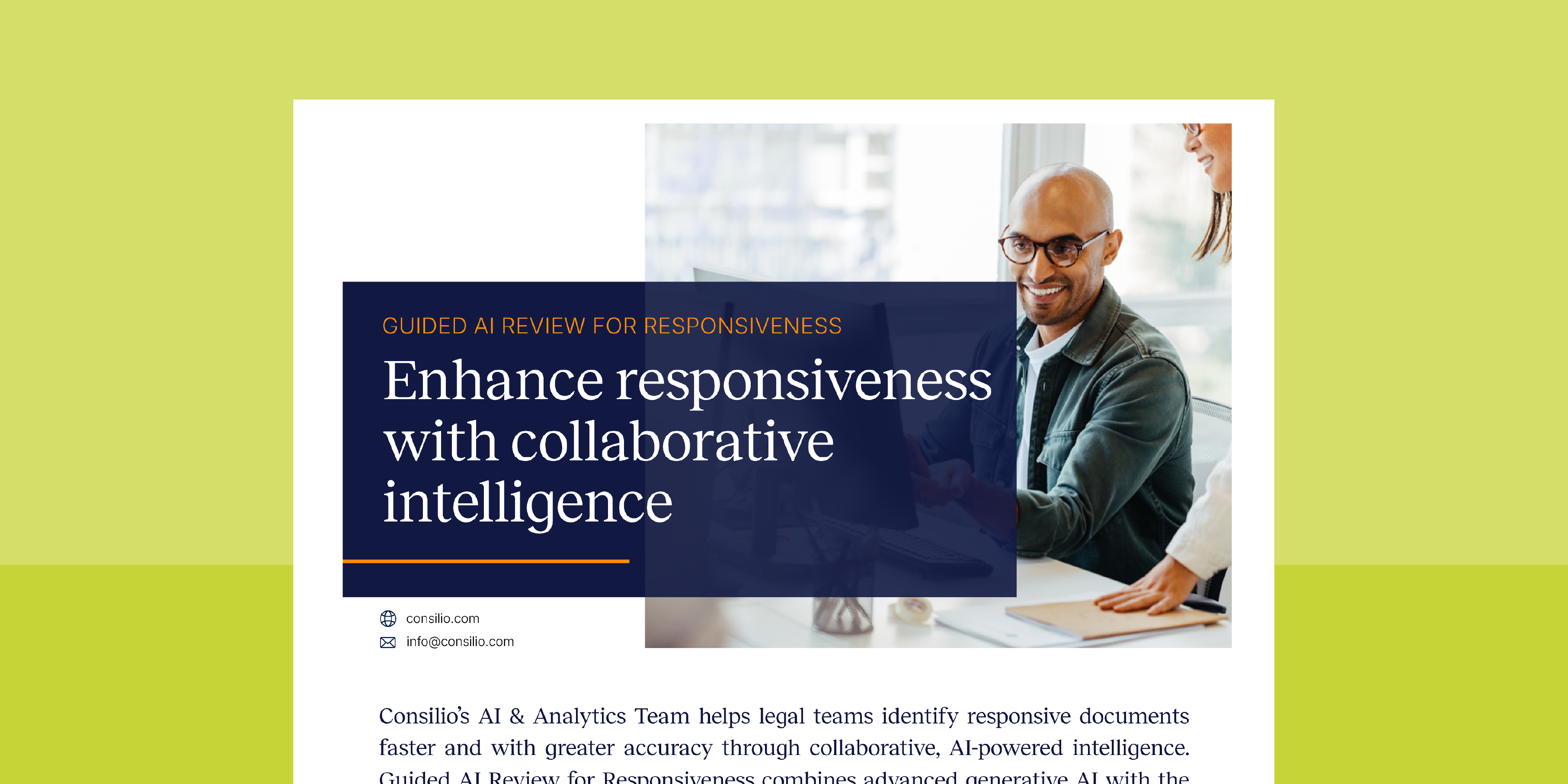Practice Guide: ED105 – Clearing the Fog of War: ECA Fundamentals
-min.avif)

Summary
The fog of war is apt shorthand for the state of uncertainty that exists early in a new legal matter. Whether you are gearing up for litigation, an agency enforcement action, or an investigation, you are faced with potential conflict and liability shrouded in a fog of uncertainty: What are the facts? What are the risks? What evidence exists, and what does it show? Early case assessment (ECA), fundamentally, is the process of trying to clear some of the fog of uncertainty around the answers to these questions and others like them. As litigation has evolved in the eDiscovery era, however, so too has the scope of what’s included in ECA.
Today the term encompasses three connected-but-distinct goals related to different areas of uncertainty, which can make the ECA phase of an eDiscovery effort a confusing one for practitioners. In this free Practice Guide, Consilio Director of Education Matthew Verga, Esq., reviews the fundamentals that legal practitioners need to know about performing effective ECA in the context of eDiscovery to help you see through the fog.
In this Practice Guide
- The Three Goals of ECA
- Available Tools and Techniques
- How to Align Your Approach with Your Goals
Key Insights
- How to Find What You Don’t Know to Seek
- How New Visualization Options Can Help
- How CAL Can Reveal the Right Things Quickly
Summary
The fog of war is apt shorthand for the state of uncertainty that exists early in a new legal matter. Whether you are gearing up for litigation, an agency enforcement action, or an investigation, you are faced with potential conflict and liability shrouded in a fog of uncertainty: What are the facts? What are the risks? What evidence exists, and what does it show? Early case assessment (ECA), fundamentally, is the process of trying to clear some of the fog of uncertainty around the answers to these questions and others like them. As litigation has evolved in the eDiscovery era, however, so too has the scope of what’s included in ECA.
Today the term encompasses three connected-but-distinct goals related to different areas of uncertainty, which can make the ECA phase of an eDiscovery effort a confusing one for practitioners. In this free Practice Guide, Consilio Director of Education Matthew Verga, Esq., reviews the fundamentals that legal practitioners need to know about performing effective ECA in the context of eDiscovery to help you see through the fog.
In this Practice Guide
- The Three Goals of ECA
- Available Tools and Techniques
- How to Align Your Approach with Your Goals
Key Insights
- How to Find What You Don’t Know to Seek
- How New Visualization Options Can Help
- How CAL Can Reveal the Right Things Quickly






.jpg)

